Riekod - 里枝子

More Posts from Riekod and Others
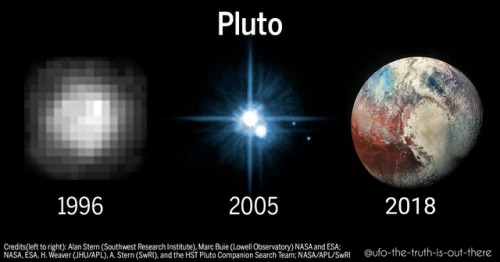

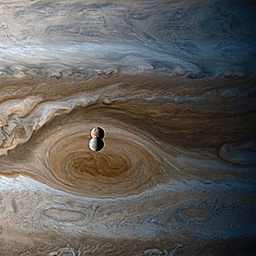
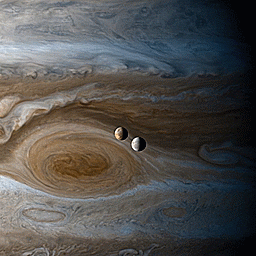
Created using still images taken by the Cassini spacecraft during it’s flyby of Jupiter and while at Saturn. Shown is Io and Europa over Jupiter’s Great Red Spot.
NASA/JPL-Caltech/SSI/CICLOPS/Kevin M. Gill

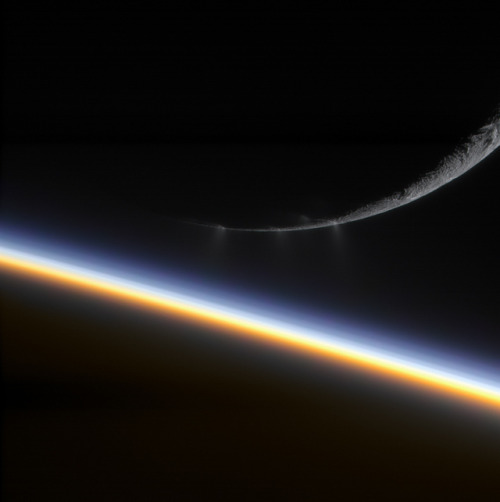
Enceladus and Saturn
Image credit: Gordan Ugarkovic
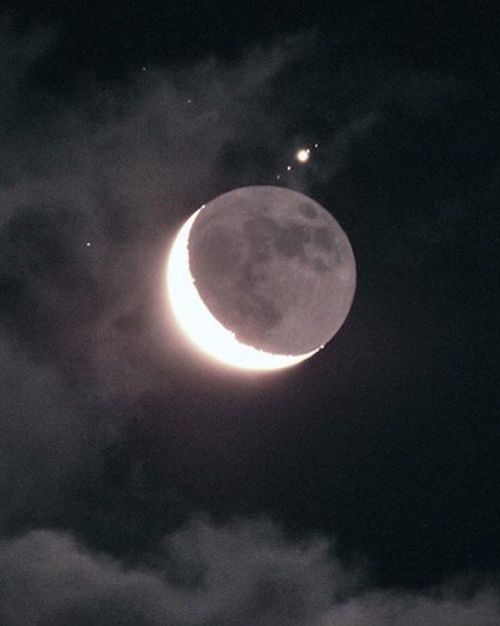
Jupiter and 4 of her moons peaking out from behind our moon!
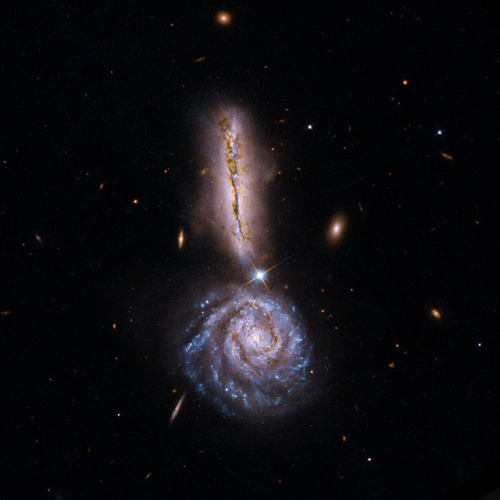
VV 340, pair of interacting galaxies in Boötes. The two galaxies shown here are in the early stage of an interaction that will eventually lead to them merging in millions of years.
Credit: NASA/STScI/NRAO/A.Evans et al

This is how far into the earth humans have dug so far.
Birth of Massive Black Holes in the Early Universe Revealed
When the universe was still a baby – less than 1 billion years old – some of its stars turned into monster black holes. A key mystery in astronomy has been: why are there so many supermassive black holes in the early universe?

A new study, supported by funding from NASA, the National Science Foundation and a grant from the European Commission, suggests that massive black holes thrive when galaxies form very quickly. To make a galaxy, you need stars, which are born out of gas clouds, but also an invisible substance called dark matter, which acts as a glue to keep stars from flying away from the galaxy. If the dark matter’s “halo” structure grows quickly early in its life, the formation of stars is stifled. Instead a massive black hole can form before the galaxy takes shape. Black holes ravenously eat gas that would have otherwise produced new stars, and become larger and larger.

Previously, scientists theorized that powerful radiation from other galaxies muted the formation of stars in these young regions with massive black holes. But new simulations suggest that the rapid growth of galaxies is key to growing the black holes.

A black hole is an extremely dense astronomical object from which nothing can escape, not even light. When a star explodes in a supernova, a black hole can be left behind. Alternatively, a supermassive star can burn through its fuel quickly and turn into a black hole, no explosion needed. Scientists say this is how many massive black holes form in rapidly assembling proto-galaxies.
The simulation-based study, to be reported January 23rd in the journal Nature, also finds that massive black holes are much more common in the universe than previously thought. read more
As I get older I’m finding that a lot of the “intellectuals” I used to admire are actually just condescending and pretentious. And also realizing how much more important it is to be present, considerate, and empathetic because nobody really knows what they’re talking about and anyone who claims to know everything about anything is feeding you bs.
-
 iamonlymortal reblogged this · 3 years ago
iamonlymortal reblogged this · 3 years ago -
 yggdrasmadri reblogged this · 3 years ago
yggdrasmadri reblogged this · 3 years ago -
 yggdrasmadri liked this · 3 years ago
yggdrasmadri liked this · 3 years ago -
 dawngabriel reblogged this · 3 years ago
dawngabriel reblogged this · 3 years ago -
 meretricious liked this · 3 years ago
meretricious liked this · 3 years ago -
 sadh0e reblogged this · 3 years ago
sadh0e reblogged this · 3 years ago -
 seal69 liked this · 3 years ago
seal69 liked this · 3 years ago -
 blungren reblogged this · 3 years ago
blungren reblogged this · 3 years ago -
 blungren liked this · 3 years ago
blungren liked this · 3 years ago -
 pushingsisyphus reblogged this · 3 years ago
pushingsisyphus reblogged this · 3 years ago -
 pushingsisyphus liked this · 3 years ago
pushingsisyphus liked this · 3 years ago -
 thoughtful--musings reblogged this · 3 years ago
thoughtful--musings reblogged this · 3 years ago -
 thoughtful--musings liked this · 3 years ago
thoughtful--musings liked this · 3 years ago -
 jaxxbby1436 reblogged this · 3 years ago
jaxxbby1436 reblogged this · 3 years ago -
 willy748 liked this · 3 years ago
willy748 liked this · 3 years ago -
 k-enn-y liked this · 3 years ago
k-enn-y liked this · 3 years ago -
 elentilha liked this · 3 years ago
elentilha liked this · 3 years ago -
 worldunderthebed reblogged this · 3 years ago
worldunderthebed reblogged this · 3 years ago -
 worldunderthebed liked this · 3 years ago
worldunderthebed liked this · 3 years ago -
 peoplefolk liked this · 3 years ago
peoplefolk liked this · 3 years ago -
 doctorfuckingminaj reblogged this · 3 years ago
doctorfuckingminaj reblogged this · 3 years ago -
 midnaxlink reblogged this · 3 years ago
midnaxlink reblogged this · 3 years ago -
 quebuenoque liked this · 3 years ago
quebuenoque liked this · 3 years ago -
 grecianhedgehog reblogged this · 3 years ago
grecianhedgehog reblogged this · 3 years ago -
 skidrower liked this · 3 years ago
skidrower liked this · 3 years ago -
 gaytherecutie reblogged this · 3 years ago
gaytherecutie reblogged this · 3 years ago -
 jgrev812 liked this · 3 years ago
jgrev812 liked this · 3 years ago -
 thehouseof9 liked this · 3 years ago
thehouseof9 liked this · 3 years ago -
 lordblt5 liked this · 3 years ago
lordblt5 liked this · 3 years ago